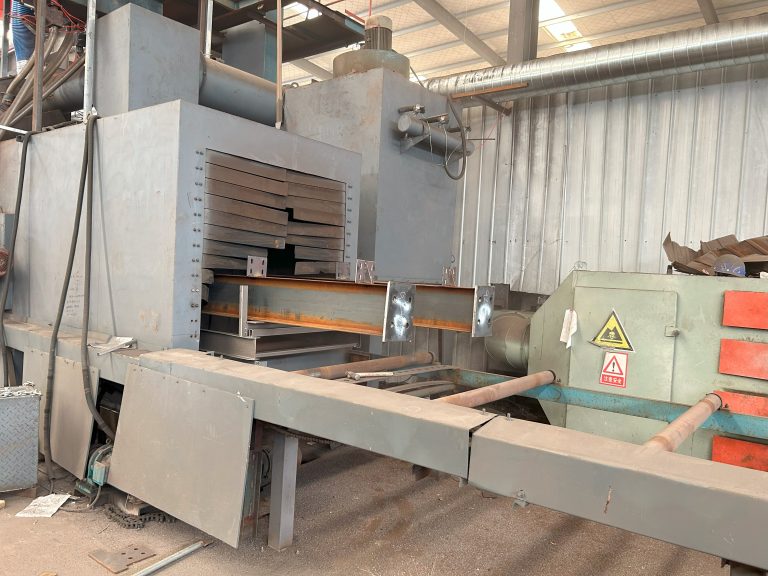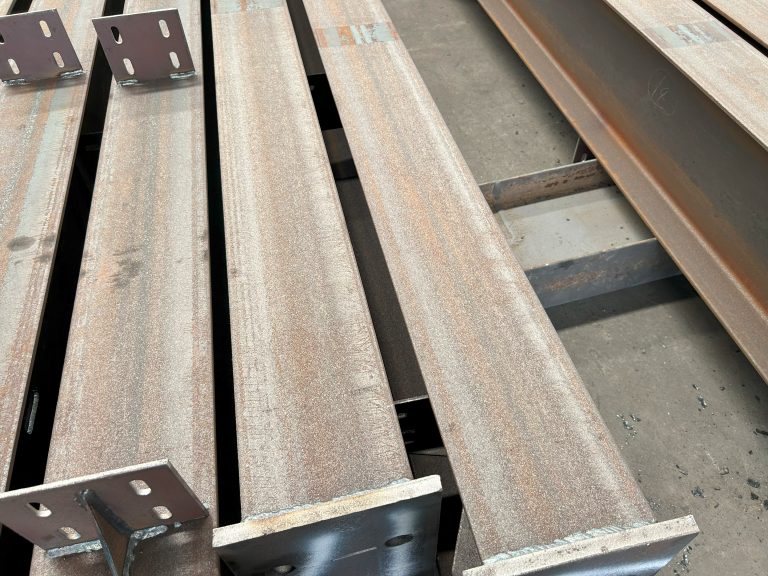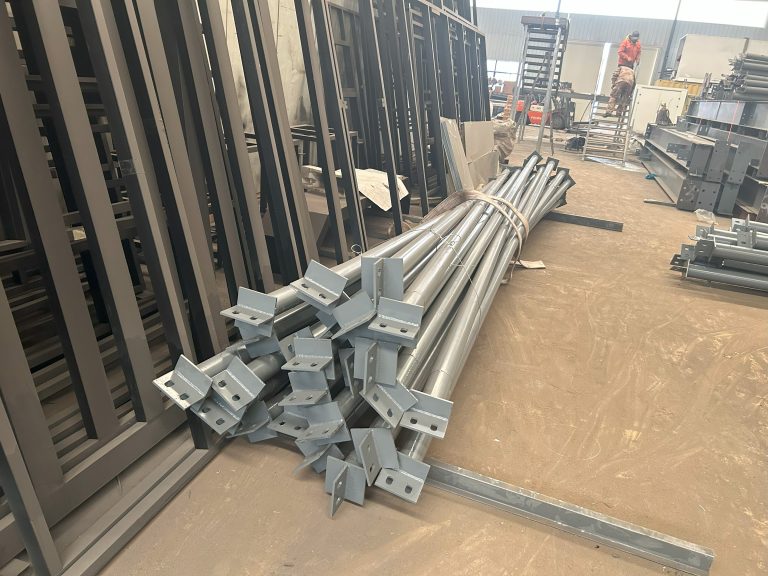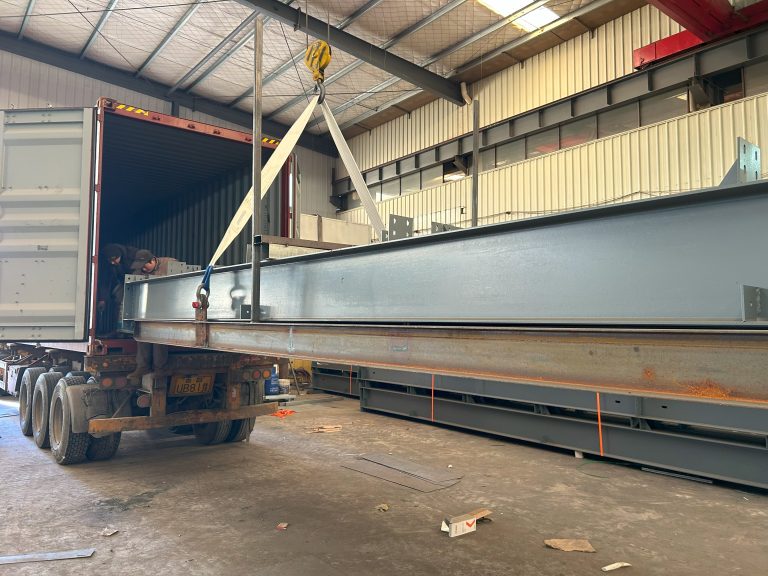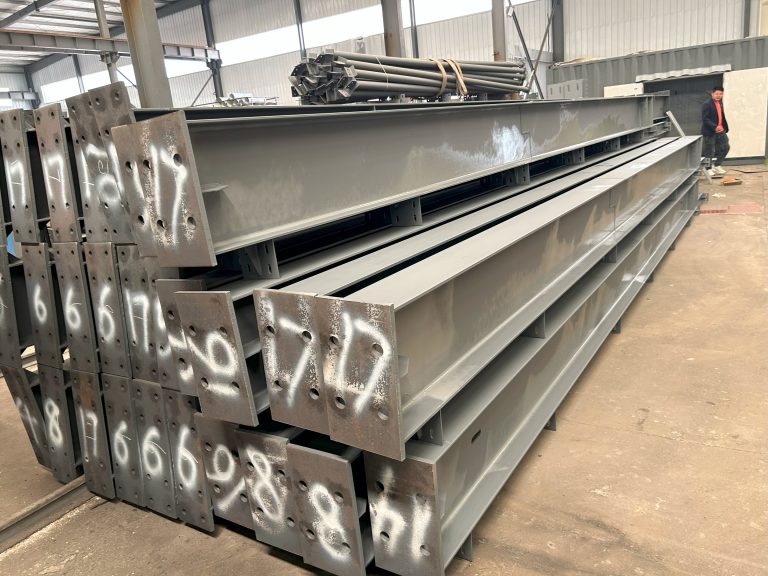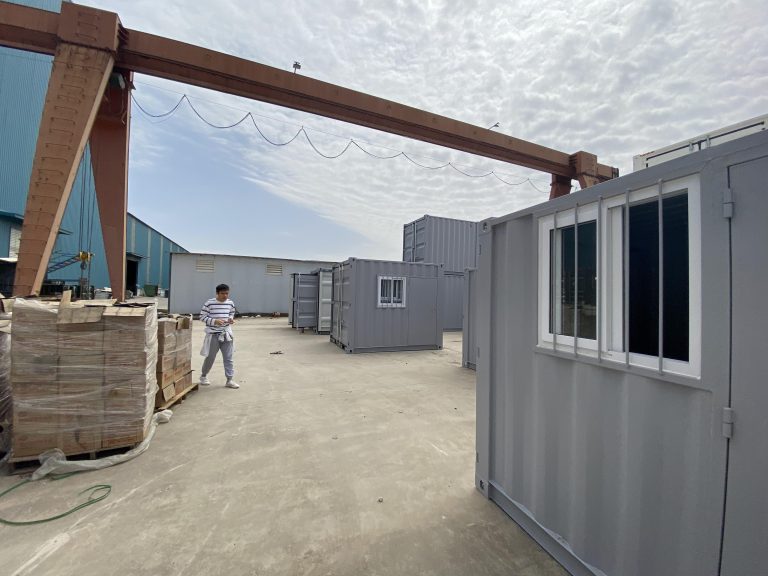Noise control during construction of steel structures
Table of Contents
Effective Strategies for Minimizing Noise Pollution on Steel Construction Sites
Construction of steel structures can be a noisy process, with the clanging of metal, the rumble of heavy machinery, and the constant hum of power tools. This noise can not only be disruptive to workers on the site but also to nearby residents and businesses. In order to minimize noise pollution during the construction of steel structures, it is important to implement effective strategies that can help control and reduce the amount of noise generated.
One of the key strategies for noise control during construction of steel structures is to use sound barriers. Sound barriers can help to block and absorb noise, preventing it from traveling beyond the construction site. These barriers can be made from a variety of materials, such as wood, concrete, or even specialized sound-absorbing panels. By strategically placing sound barriers around the construction site, noise levels can be significantly reduced, making the environment more tolerable for workers and nearby residents.
Another effective strategy for minimizing noise pollution on steel construction sites is to schedule noisy activities during off-peak hours. By conducting loud construction activities, such as welding or cutting metal, during times when nearby residents are less likely to be affected, noise levels can be kept to a minimum. This can help to mitigate the impact of construction noise on the surrounding community and ensure that the project remains on schedule.
In addition to using sound barriers and scheduling noisy activities strategically, it is also important to invest in high-quality equipment and machinery. Older or poorly maintained equipment can be much noisier than newer, more efficient models. By using modern, well-maintained machinery, noise levels can be reduced, creating a quieter and more productive work environment for construction crews.
Furthermore, implementing noise control measures at the source can also help to minimize noise pollution on steel construction sites. This can include using quieter construction methods, such as prefabrication or modular construction, which can help to reduce the amount of on-site noise generated. Additionally, using noise-reducing technologies, such as mufflers on equipment or sound-dampening materials, can help to further decrease noise levels during construction.
It is also important to communicate with nearby residents and businesses about the construction project and any potential noise impacts. By keeping the community informed about the construction schedule and any planned noisy activities, residents can better prepare for and cope with the noise. This can help to foster positive relationships with the community and minimize complaints about noise pollution during construction.
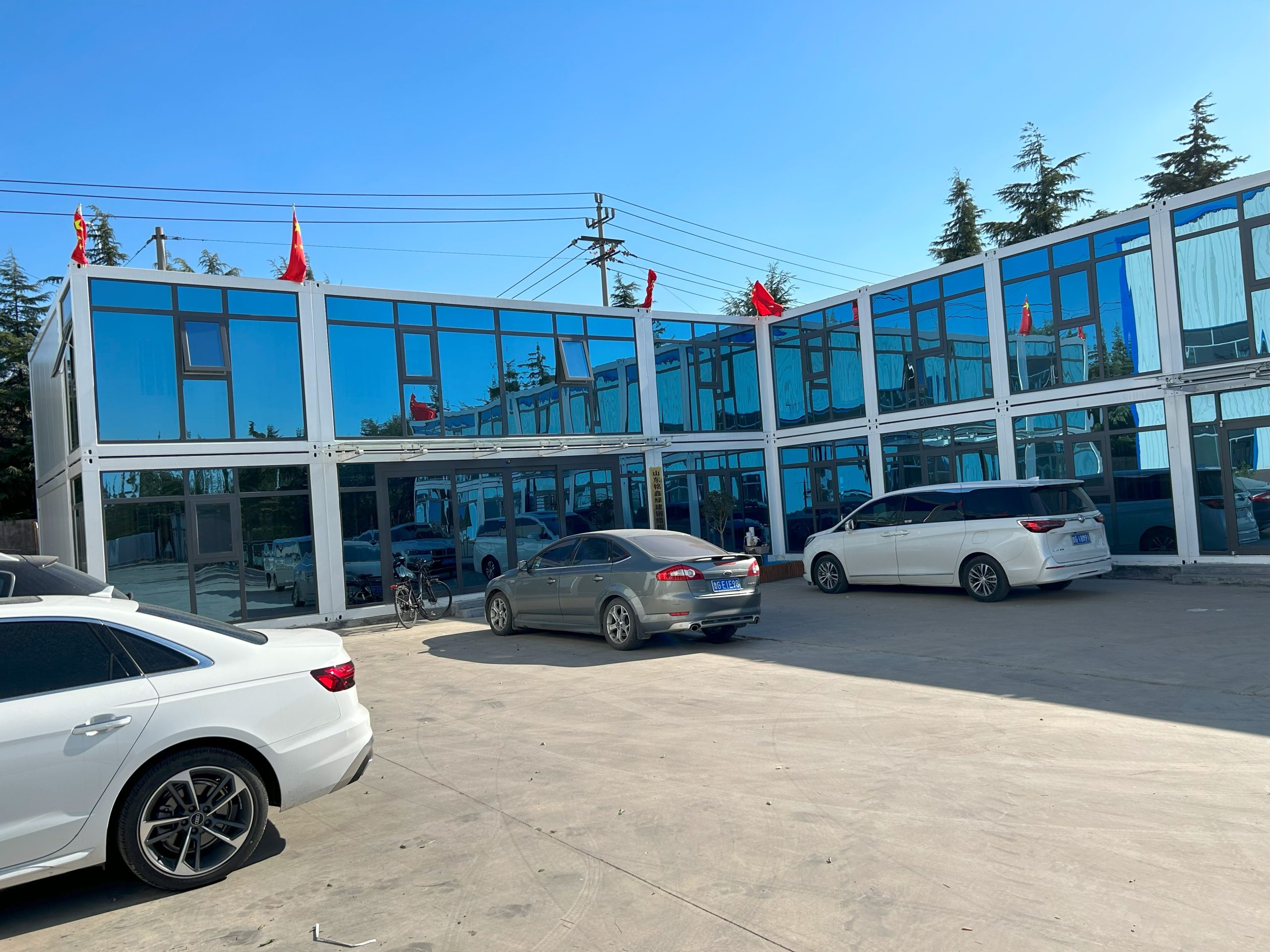
In conclusion, noise control during the construction of steel structures is essential for creating a safe and productive work environment, as well as minimizing the impact on nearby residents and businesses. By implementing effective strategies such as using sound barriers, scheduling noisy activities strategically, investing in high-quality equipment, and communicating with the community, construction crews can help to reduce noise pollution on steel construction sites. By taking proactive steps to control noise levels, construction projects can proceed smoothly and efficiently, while also being considerate of the surrounding environment.
The Importance of Proper Planning and Communication in Noise Control Measures for Steel Structure Projects
Construction of steel structures can be a noisy process, with the clanging of metal, the rumble of heavy machinery, and the constant hum of power tools. This noise can not only be disruptive to nearby residents and businesses but can also pose a risk to the health and safety of workers on the construction site. Therefore, it is crucial for construction companies to implement proper planning and communication strategies to effectively control noise during the construction of steel structures.
One of the first steps in noise control during construction is to conduct a thorough assessment of the site and surrounding area. This includes identifying any sensitive receptors, such as residential buildings, schools, hospitals, or other noise-sensitive facilities. By understanding the potential impact of construction noise on these receptors, construction companies can develop a plan to mitigate noise levels and minimize disruptions.
Once the assessment is complete, construction companies should work closely with engineers and architects to design steel structures that incorporate noise-reducing features. This may include using sound-absorbing materials, installing noise barriers, or implementing soundproofing techniques to minimize noise transmission. By incorporating these features into the design phase of the project, construction companies can proactively address noise control issues before construction begins.
During the construction phase, it is essential for construction companies to communicate with workers, subcontractors, and other stakeholders about the importance of noise control measures. This includes providing training on proper use of equipment, implementing noise monitoring programs, and establishing clear guidelines for noise levels on the construction site. By fostering a culture of awareness and accountability, construction companies can ensure that noise control measures are consistently implemented throughout the project.
In addition to internal communication, construction companies should also engage with the community to address concerns about noise during construction. This may involve holding public meetings, providing updates on construction schedules, and soliciting feedback from residents and businesses. By maintaining open lines of communication with the community, construction companies can build trust and goodwill, ultimately leading to a more successful and harmonious construction process.
Furthermore, construction companies should consider implementing technology solutions to help control noise during construction. This may include using quieter equipment, scheduling noisy activities during off-peak hours, or implementing remote monitoring systems to track noise levels in real-time. By leveraging technology, construction companies can improve efficiency, reduce disruptions, and enhance overall noise control measures on the construction site.
In conclusion, proper planning and communication are essential components of effective noise control during the construction of steel structures. By conducting thorough assessments, incorporating noise-reducing features into design, communicating with stakeholders, engaging with the community, and leveraging technology solutions, construction companies can successfully manage noise levels and minimize disruptions during construction. Ultimately, by prioritizing noise control measures, construction companies can create a safer, more efficient, and more sustainable construction process for steel structure projects.

